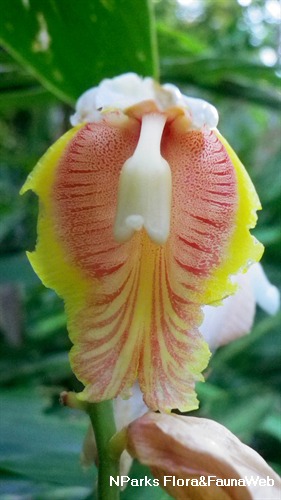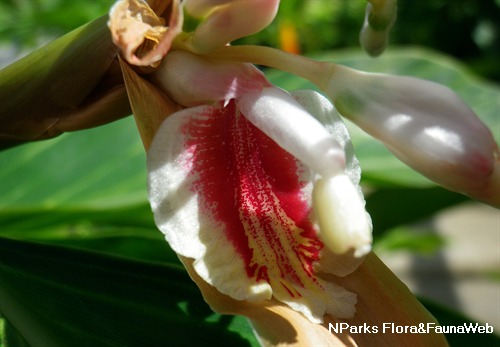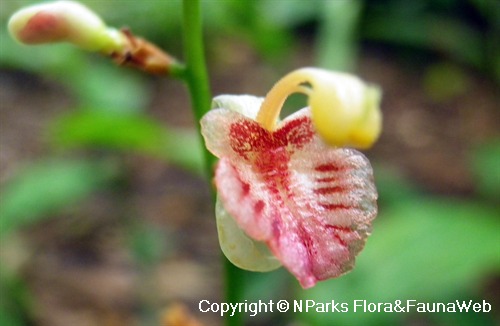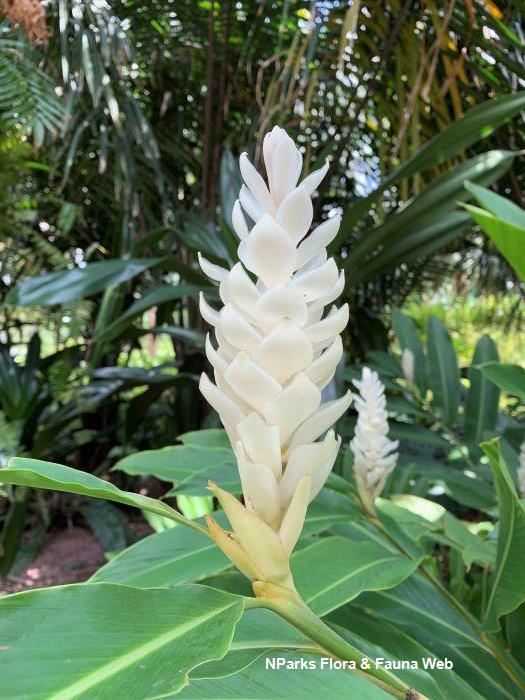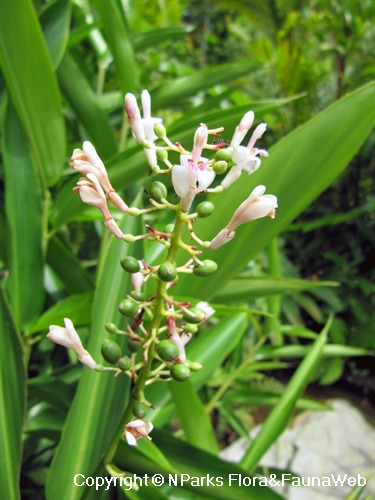
Back
Alpinia aquatica (Retz.) Roscoe
| Family Name: | Zingiberaceae |
| Synonyms: | Languas melanocarpa (Teijsm. & Binn.) Burkill, Alpinia melanocarpa (Teijsm. & Binn.) Ridl. |
| Common Name: | Aquatic Ginger, Aquatic Galangal, 水山姜 |
Name
Classifications and Characteristics
| Plant Division | Angiosperms (Flowering Seed Plants) (Monocotyledon) |
|---|---|
| Plant Growth Form | Herbaceous Plant |
| Lifespan (in Singapore) | Perennial |
| Mode of Nutrition | Autotrophic |
| Plant Shape | Irregular |
| Maximum Height | 2 m |
Biogeography
| Native Distribution | Singapore, China (Yunnan), South India and West Malesia |
|---|---|
| Native Habitat | Terrestrial (Primary Rainforest, Secondary Rainforest, Coastal Forest, Freshwater Swamp Forest, Riverine), Shoreline (Backshore) |
| Preferred Climate Zone | Tropical |
| Local Conservation Status | Native to Singapore (Critically Endangered (CR)) |
Description and Ethnobotany
| Growth Form | It is a herbaceous plant consisting of a horizontally growing stem (rhizome) from which several "shoots" arise. These shoots, up to 2 m tall consist of the leaf sheaths of consecutive, alternate leaves wrapped around each other. Plant parts contain aromatic oils, so exude a fragrance when they are crushed. |
|---|---|
| Foliage | Each leaf consists a long leaf sheath and a lance-shaped leaf that is 15-20 cm long and 5-6 cm wide. |
| Flowers | Its 19 mm long flowers develop on shoots that are up to 15 cm long, and have white or pale pink petals. |
| Fruit | Its pea-like black fleshy fruit is one-seeded. |
| Habitat | It grows in sandy beaches and swamp forests. It is found locally in Pulau Semakau and widely planted in HortPark, Kent Ridge Park and Singapore Botanic Gardens (Ginger Garden). |
| Associated Fauna | Its flowers are pollinated by bees and the fruits are eaten by birds. It is also the host plant for the Chocolate Demon butterfly (Ancistroides nigrita maura). |
| Cultivation | It can propagated by seed or division of the rhizome. |
| Etymology | Latin, Alpinia, after Prosper Alpino (1553-1617), an Italian botanist who introduced coffee and bananas to Europe. Latin, aquatica, living in water, referring to the growing conditions of this plant species. |
Landscaping Features
| Landscaping | It is suitable for parks, gardens, and also for edges of ponds and waterlogged soil. |
|---|---|
| Desirable Plant Features | Ornamental Flowers |
| Landscape Uses | Parks & Gardens, Small Gardens, Coastal, Beachfront / Shoreline, Riverine, Marsh / Bog |
| Thematic Landscaping | Naturalistic Garden, Water Garden, Marsh Garden |
Fauna, Pollination and Dispersal
| Fauna Pollination Dispersal Associated Fauna | Bird-Attracting (Fruits), Butterfly Host Plant (Leaves) |
|---|---|
| Pollination Method(s) | Biotic (Fauna) |
| Seed or Spore Dispersal | Biotic (Fauna) |
Plant Care and Propagation
| Light Preference | Full Sun, Semi-Shade |
|---|---|
| Water Preference | Lots of Water, Moderate Water |
| Plant Growth Rate | Fast to Moderate |
| Rootzone Tolerance | Moist Soils, Waterlogged Soils (Drains Site, Does not Drain Site), Saline Soils / Salt Spray, Fertile Loamy Soils |
| Propagation Method | Storage Organ, Division |
Foliar
| Foliage Retention | Evergreen |
|---|---|
| Mature Foliage Colour(s) | Green |
| Foliar Type | Simple / Unifoliate |
| Foliar Arrangement Along Stem | Alternate |
Floral (Angiosperm)
| Flower & Plant Sexuality | Bisexual Flowers |
| Flower Colour(s) | Pink, White |
|---|---|
| Flower Grouping | Cluster / Inflorescence |
| Flower Location | Axillary |
| Flower Symmetry | Bilateral |
Fruit, Seed and Spore
| Mature Fruit Colour(s) | Black |
|---|---|
| Fruit Classification | Simple Fruit |
| Fruit Type | Fleshy Fruit , Non-Accessory Fruit |
Image Repository
Others
| Master ID | 30729 |
|---|---|
| Species ID | 5048 |
| Flora Disclaimer | The information in this website has been compiled from reliable sources, such as reference works on medicinal plants. It is not a substitute for medical advice or treatment and NParks does not purport to provide any medical advice. Readers should always consult his/her physician before using or consuming a plant for medicinal purposes. |

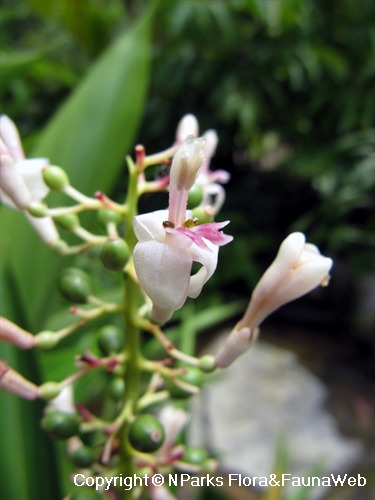
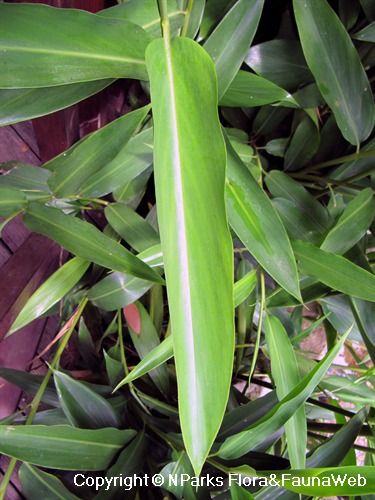
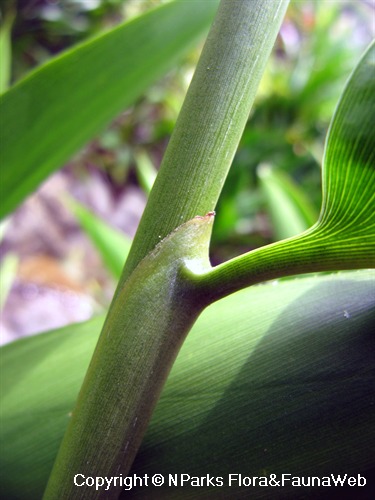
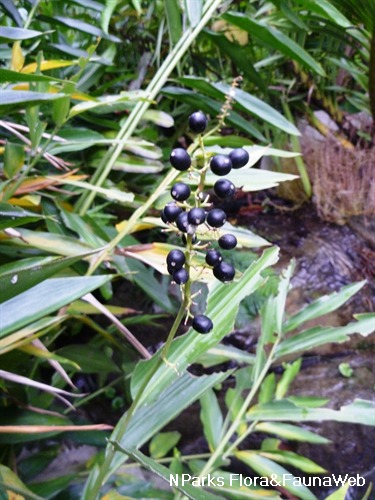
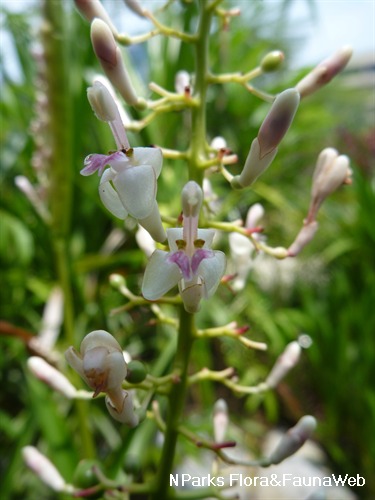
.jpg)
.jpg)
